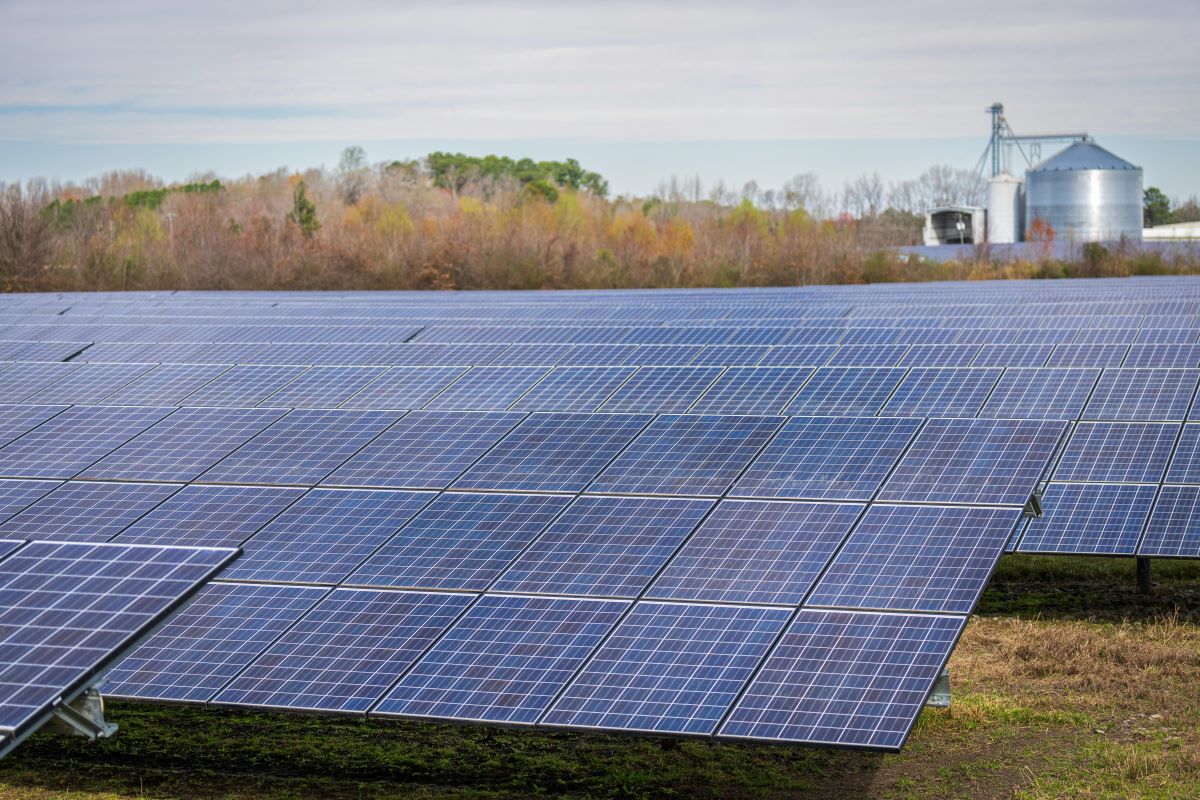Thailand’s electricity demand for data centers is forecast to reach 6 terawatt-hour (TWh) by 2030 and 10 TWh by 2037 at a compound annual growth rate (CAGR) of 8 per cent, energy think tank Ember estimates in its report on Thailand released yesterday. Between 2025 – 2027, data centers’ demand would constitute 2.2 per cent of total electricity demand in the country amid projected data center industry growth rate of 7.5 – 8.5 per cent during the same period driven by widespread cloud adoption, and AI integration across sectors.
The report said that the Thai government has approved a direct power purchase pilot project in late 2024 allowing data centers of at least 50 MW to purchase electricity directly from renewables suppliers under a direct power purchase agreement (DPPA). The total capacity under this project is expected to be 2,000 MW. The government has for the first time relaxed the single-buyer system for electricity trading and transmission access in order to prevent a monopoly. This policy only applies to data centers reflecting the government’s commitment to support the industry.
This has paved the way for hyperscale data center firms to invest in Thailand. Many of them have pledged 100 per cent renewable energy usage in data centers. For example, Microsoft is committed to having 100 per cent of its electricity consumption matched hourly by zero-carbon energy purchases by 2030. Amazon has set a goal of 100 per cent renewable energy usage by 2030, but has already achieved it in 2023. Google has similarly set a target of carbon-free energy usage by 2030.
Alongside its “Cloud First” policy, the incentive has proven effective in driving inbound data center investment chalking up about US$ 3 billion investment from big tech firms like Amazon Web Services, Microsoft, TikTok, Huawei, ST Telemedia, and NTT so far while Google has announced a US$1 billion investment in data centers last year to meet growing cloud demand and support artificial intelligence adoption in ASEAN. The “Cloud First” policy is a government initiative to speed up cloud computing adoption in both public and private sectors.
“Thailand’s draft revised power development plan (RPDP), released in 2024, is an important signal of the country’s ambition in energy transition. It seeks to reduce the country’s historical reliance on fossil fuels, especially natural gas, by aiming for 51 per cent renewable energy generation by 2037. To achieve this, the plan targets to reduce 8 GW of net fossil fuel capacity and add 64 GW of renewables and energy storage. We estimate that implementing the plan will require a total fixed expenditure of US$ 153 billion between 2024 and 2037,” the Ember report stated.
On the other hand, regional competitors like Malaysia and Indonesia are considering adding more gas capacity or delaying fossil fuel phase-outs to meet rising data center demand – an approach that runs counter to the renewable energy commitments of major data center investors.
As such, by advancing its energy transition, Thailand can gain a competitive advantage in attracting clean investment for its data centers, the report added.
“Emerging countries are at a crossroad between meeting rising electricity demand at an affordable cost to drive the economy, and cutting emissions for sustainability goals. Solar, coupled with battery storage, represents the optimal pathway to address this trilemma. The energy transition of Thailand towards home-grown renewables could lower energy costs, cut emissions, and strengthen energy security by mitigating dependence on fossil fuel imports,” said Lam Pham, Ember’s energy analyst, Asia.




